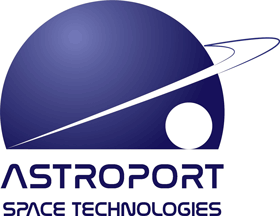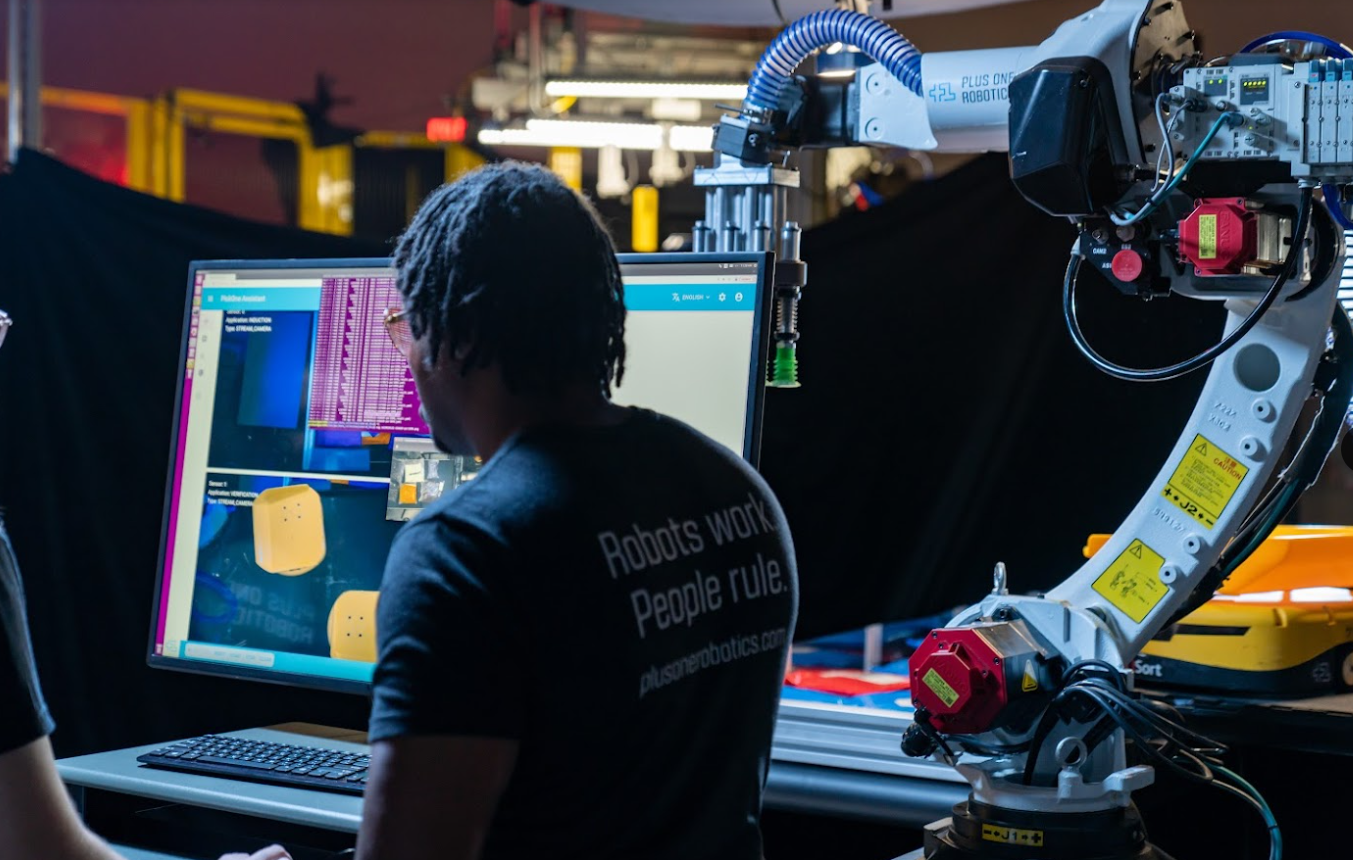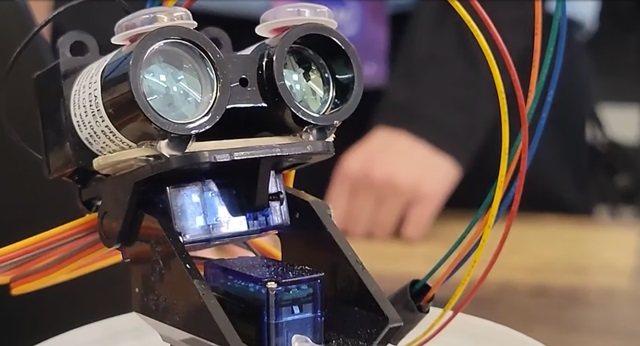Trio of space pioneers finds a home base to connect students’ work to real-life opportunities on our planet and beyond.
06-09-2021
Sam Ximenes, space architect (yes, there is such a specialty) and founder of the educational nonprofit WEX Foundation, is leading a growing team of scientists and students to prepare humankind's next big leap forward: a return to the Moon and, subsequently, human travel to Mars.
The partners want to raise San Antonio's global profile as a leading place with expertise in an array of space disciplines, especially building habitats, factories and other infrastructure that will be essential for the successful colonization and commercialization of extra-terrestrial realms.
The foundation, which engages students through an array of STEM programs focused on space exploration, has established a new home within the San Antonio Museum of Science and Technology's (SAMSAT) prototyping lab — "Foxworks" — in the heart of Port San Antonio's vast technology campus.
Building on the Moon: A Step-by-Step Guide (video courtesy of XArc)
There, Ximenes, other industry professionals and students are carrying out a series of educational and research activities that also include two commercial enterprises: XArc Exploration Architecture Corp. and its subsidiary Astroport Space Technologies, Inc. — both also established by Ximenes.
In conjunction with partners that include the University of Texas at San Antonio (UTSA), Southwest Research Institute (SwRI) and Port customers such as robotics pioneer Reckon Point, the organizations are intently focused on growing San Antonio's profile as an international capital of space architecture, engineering and construction.
The new lab facilities at the Port will take their work to new levels.
This spring, Astroport received over $130,000 in funding as part of a first-phase NASA contract for "the development of lunar regolith melting technology for constructing factories on the Moon."
In more down-to-earth terms: Astroport and research partners are developing technologies to melt and shape minerals on the Moon into bricks and other construction components. Basaltic rocks are abundant across the lunar landscape — serving as an excellent building material for habitats on the Moon and, in a true sense, allowing the first human inhabitants to "live off the land."
Lunar colonization, which for centuries has been the stuff of science fiction, is increasingly within reach. And the opportunities to establish commercial ventures on the Moon will have significant benefits for billions of people on Earth.

Astroport CEO Sam Ximenes and Chief Technology Officer Ronald Wells, along with UTSA student interns Arjun Palat and Jacob Garcia, inspect a robotic rover for refurbishment. Similar units can be used on the Moon and Mars as mobile platforms to support three-dimensional printing of habitats and other infrastructure.
Among many possibilities, the Moon can serve as a far more efficient place to establish factories from which to build and launch satellites that enhance terrestrial communications or that harness solar power and transmit electricity wirelessly back to Earth. With its low gravity, the Moon will also be an ideal place to deploy probes and manned missions across our solar system and beyond.
Like all ambitious journeys, it takes many incremental steps. Among the first steps are those currently within the WEX/Astroport lab. Construction of facilities on the Moon begins with careful research of how the proposed building materials will work in the first place.
Subsequent phases will include exploring lunar caves and other terrain where those facilities can be built and, subsequently, deploying robots and other machines to the Moon — including the rock-melting technology being pioneered by Ximenes and his team, along with large-scale 3D printers — to build the necessary infrastructure prior to humans' arrival.

Rendering of what the early phases of a colony on the Moon might look like. In the foreground, robots are building a launch pad with bricks created by grinding, melting and re-shaping basaltic moon rocks. (Courtesy XArc)
"My expertise is not just as a geologist, but as a volcanologist as well...I study volcanic rock a lot, which is what they are trying to make on the Moon," said Dr. Alan Whittington, a geological sciences professor at UTSA who is supporting the joint endeavor.
Whittington said UTSA's contribution to the research includes defining the melting range of feldspar and basaltic materials that comprise vast areas of the Moon, the range of solidification of those materials and whether they can be transformed into durable bricks.
He indicated the team is creating a vacuum oven in the WEX/Astroport facility which will accurately simulate conditions for forming the bricks on the Moon to determine how they cool and crystallize without breaking or cracking.
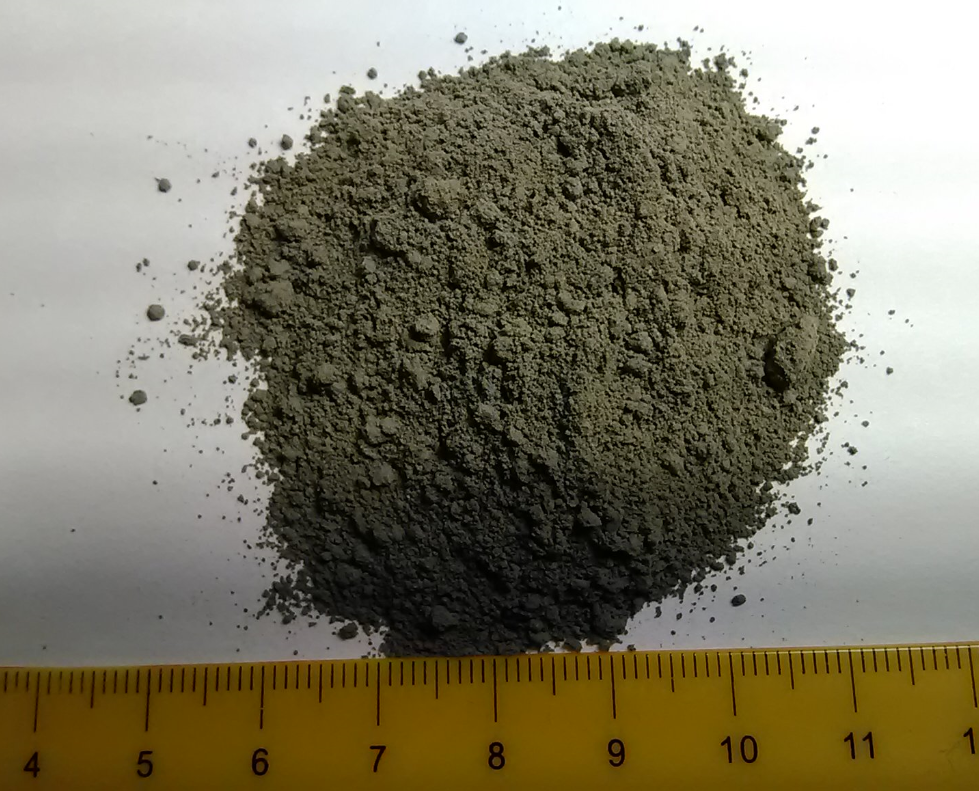
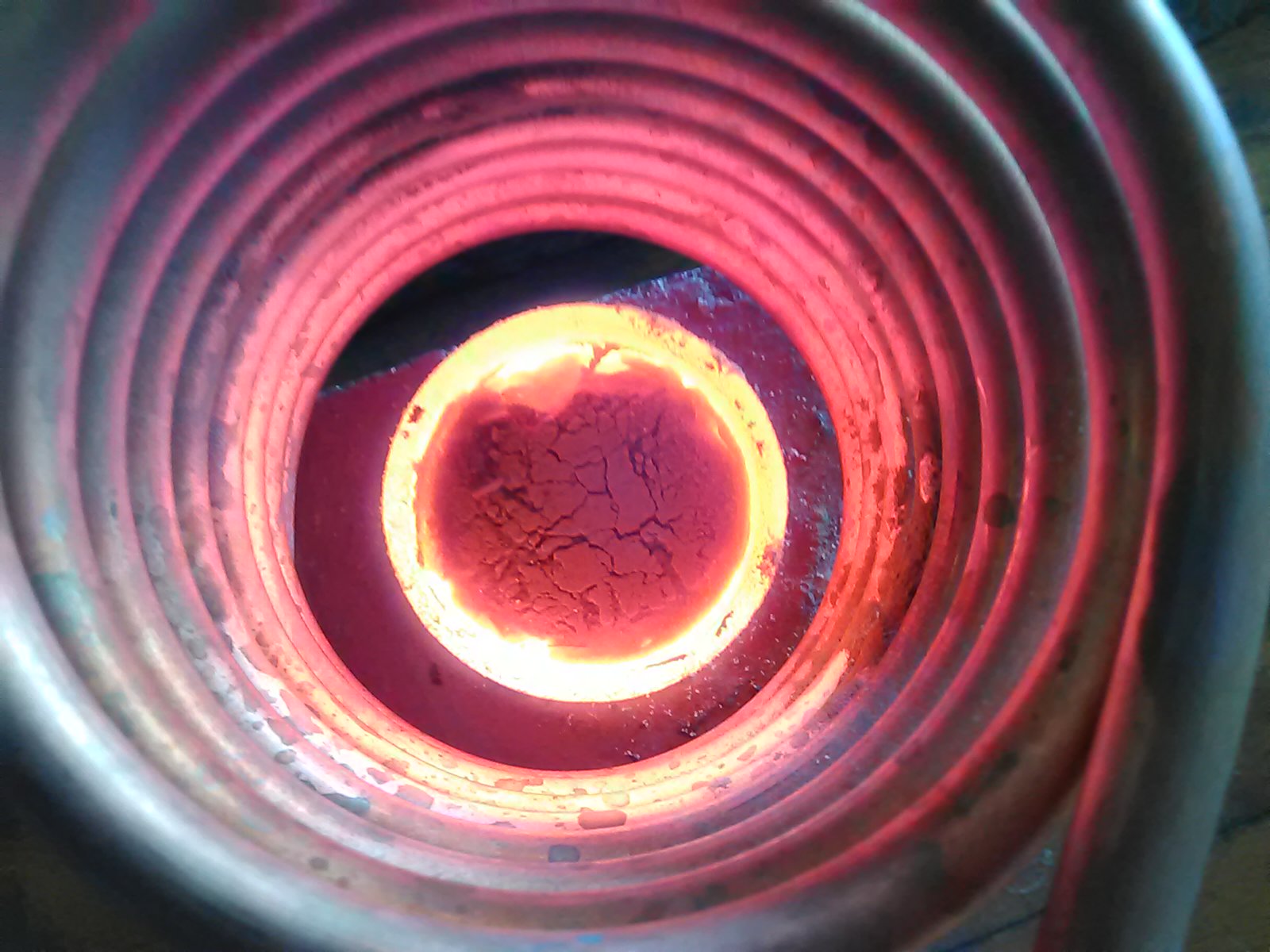
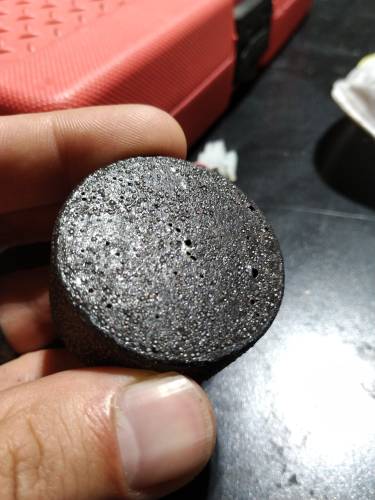
Building blocks for extra-terrestrial colonization: Powdered basaltic matter is subjected to high temperatures in Astroport's experimental vacuum oven and then molded into bricks to create building components for landing pads on the Moon and Mars. (Courtesy Astroport)
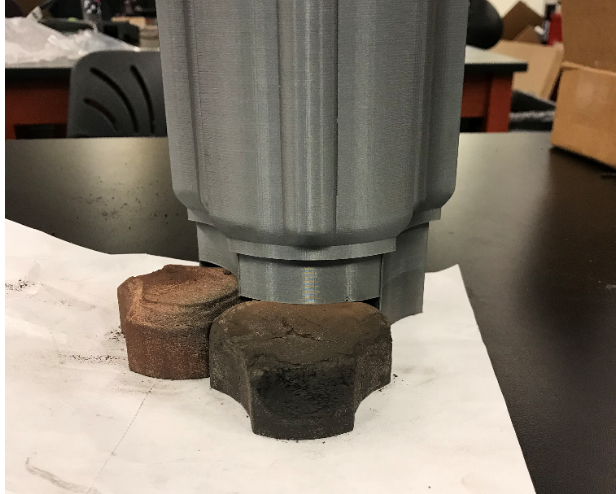
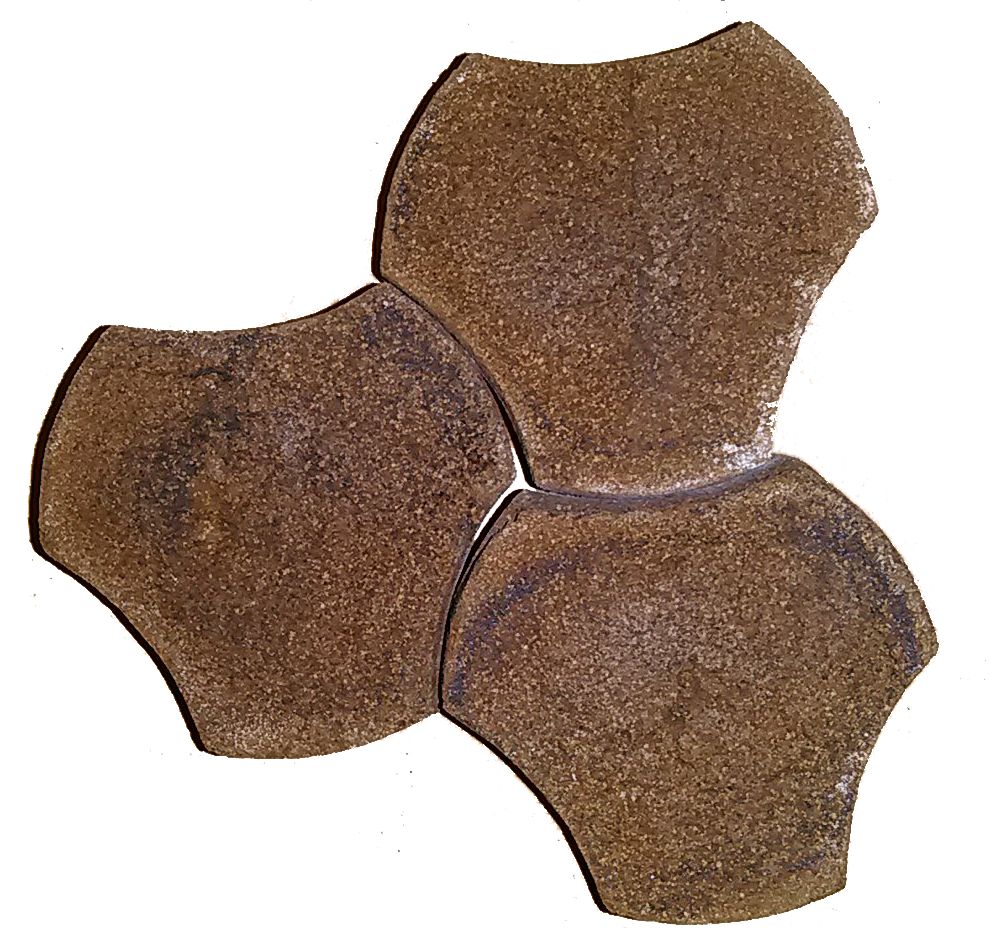
Researchers are also working on experimental nozzles that can produce specially-shaped bricks for various construction projects. (Courtesy Astroport)

Good dirt: Ximenes in the lab holding basalt filament for 3D printing that was produced from powdered basalt feldspar shown in the Mason jar. Feldspar is a mineral whose properties are similar to raw building materials found in abundance on the Moon's surface.
"With this initial contract, we are planting the seeds for a San Antonio industry known across the planet for our expertise in space construction processes and manufacturing," said Ximenes. "With NASA's return to the Moon with outposts and base camps, and commercial ventures for mining and even space tourism not too far off, we see a developing market within the next decade for lunar space civil engineering construction. We want to make sure that San Antonio is well positioned to be a leader in heavy construction on the Moon."
Beyond their immediate work advancing efforts to build lunar habitats in the not-too-distant future, Ximenes and his collaborators, including the team at SAMSAT, are focused on building San Antonio as a world-class community of space innovators.
"The development of a space economy will not be achieved solely by 'space experts' like aerospace engineers and scientists," he says. There are a number of disciplines required from our community who will need to come together. That's why it's essential that in our work we present young people with a full picture of opportunities."
The bedrock of that work rests with the WEX Foundation, which seeks to open the eyes of young students throughout San Antonio and inspire them to be the next generation of space innovators — whether as future engineers, mathematicians or architects and designers who will lead humankind's next leap forward in the celestial frontier.
Thanks in part to over $2 million in NASA funding since 2016, the WEX Foundation has worked with SAMSAT and schools throughout the region to engage students in projects that include high altitude weather balloon launches, model rocket design and the use of robotics and other technologies to advance exploration of the Moon through the Lunar Caves Analog Test Sites (LCATS) program.
"I believe that the WEX Foundation can bring to the Port, and to the City of San Antonio, the ability to be a space community, and that San Antonio can have its own space program through the school networks that we're working with in developing a pipeline of students who are focused on aerospace careers and projects like the one we're advancing through Astroport," said Ximenes.
Joseph Galloway, a graduate student in the robotics and autonomous systems program at Arizona State University, served as a volunteer at the WEX Foundation's LCATS program through most of 2017 while he was enrolled at UTSA.
"I was excited to help motivate the next generation to pursue careers in science, engineering and space exploration," he said. "The WEX Foundation was clearly different from any organization I volunteered with before because it provided students the opportunity to physically build something that they would later use to better understand concepts they learned in the classroom."

Scale models of future habitats on the Moon designed and created with three-dimensional building technology by young students participating in WEX Foundation programs.
Jessica Romero, 18, a graduating senior from John Jay High School, was one of the pioneers of the LCATS program.
"I remember very well my teacher talking about this new program. We would learn about building habitats on the moon," she recalled. "I was in eighth grade and going to high school. I was interested in engineering and space, and it all sounded really cool."
Romero submitted her first essay to the program and, to her surprise, she was accepted. She enjoyed the field trips and being among the first-ever group of San Antonio area students to take part in the LCATS program.
It was in this role that Romero and others in her cohort took up the role of mentor to the new groups of students that followed.
"I made a lot of friends I want to keep forever. We were all passionate about the same things," she says. She now looks forward to attending the University of Texas in Austin, where she plans to pursue a degree in electrical engineering.

Since future colonies on the Moon will likely be built inside lunar caves that protect humans from radiation and other hazards, LCATS programs include visits and research activities in caves across South and Central Texas. (Photo courtesy WEX Foundation)
Emily Esquivel, 15, a freshman at Earl Warren High School, learned about LCATS when a staff member from the WEX Foundation gave a presentation to the group in 2018.
She began attending LCATS the next fall and loved taking part in the research and planning that will contribute to creating the lunar habitats.
"Back then, I wanted to be an aerospace engineer, so I was really excited," Esquivel said. "I'd always heard about the first moon landing and the Apollo 13 mission, and I wanted to know what went into all of that."
“We couldn’t be more thrilled that Sam and his team have become permanent members of the SAMSAT family,” said SAMSAT President and CEO Doug King. “They are exactly the type of relationships we seek - connectors that act as the conduit for students with researchers, academics and industry leaders that allow collaboration and the advancement of some truly remarkable ideas. We look forward to great things ahead.”

Students Alinne and Brenda Romero-Torres with a model robotic cliff crawler for scaling down lunar pits, carrying a CanSat science instrument payload.
Gabe Garza agrees.
As CEO and founder of Reckon Point, his company's robot- and visual sensor-based technology, which was first conceived as an efficient way to quickly and precisely map the interiors of large industrial facilities, has direct applications to the work that Ximenes and his partners are undertaking. With some modifications, Reckon Point's robots could produce detailed three-dimensional renderings of lunar caves and other hard-to-access places before human arrival.
In a promising sign for the possibility of added collaborations, Garza's firm is located within the same SAMSAT facility as Ximenes and his team.
"The presence of innovators such as Sam and his collaborators at the Port bring new energy and new ideas that elevate all of us," said Garza. "By presenting our community with such a bold challenge and big opportunity — how we're going to build our future in space — it inspires a lot of us to think big as well as figure out ways in which we can be part of that exciting journey."

Reckon Point founder and CEO Gabe Garza and engineer Lydia Unterrenier, a UTSA graduate, flanked by two of the company's MIGSU models, which can conduct precision mapping of building interiors in a fraction of the time of traditional methods.
The same Reckon Point technology could be adapted to explore lunar caves as homes for future human habitation and factories.
All of this convergence and the momentum it is generating at the Port, Ximenes said, speaks to the spirit of the San Antonio community as a city of innovation.
"The idea of San Antonio being a sleepy little town is a misnomer," he says. "We have always been a creative and innovating community. There is a lot going on here. And there's a whole lot more to come."


